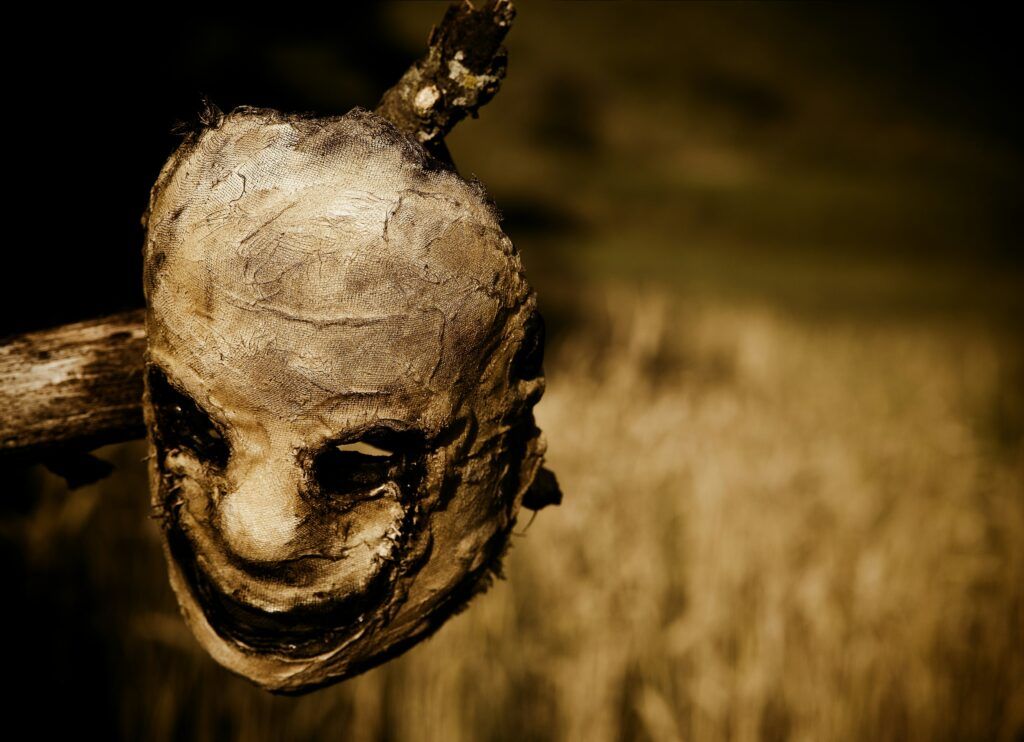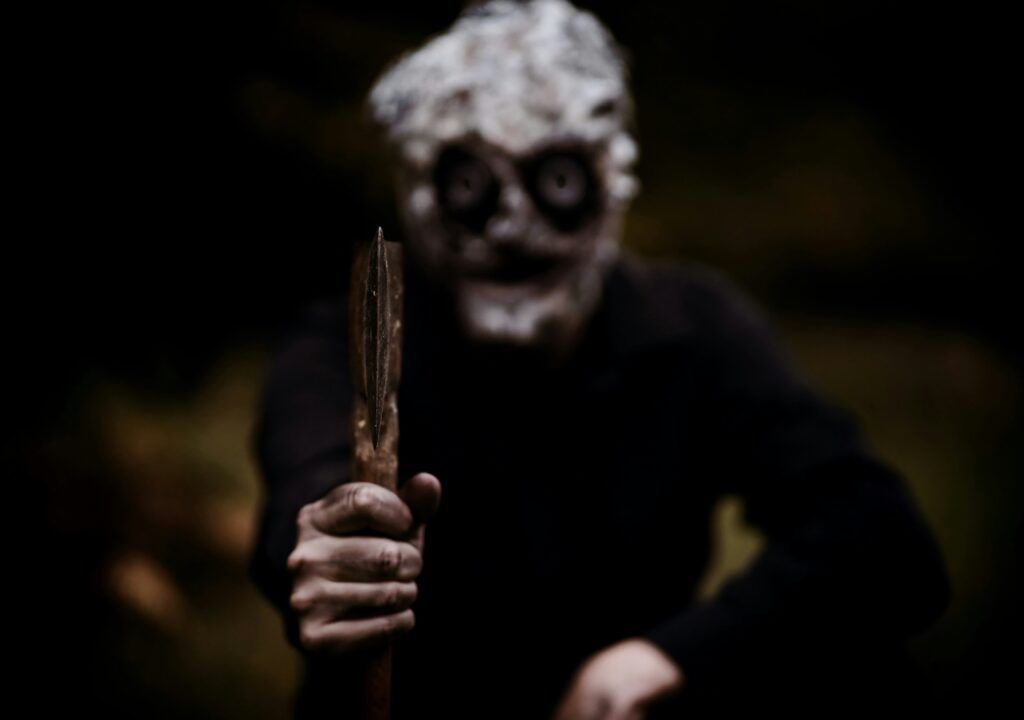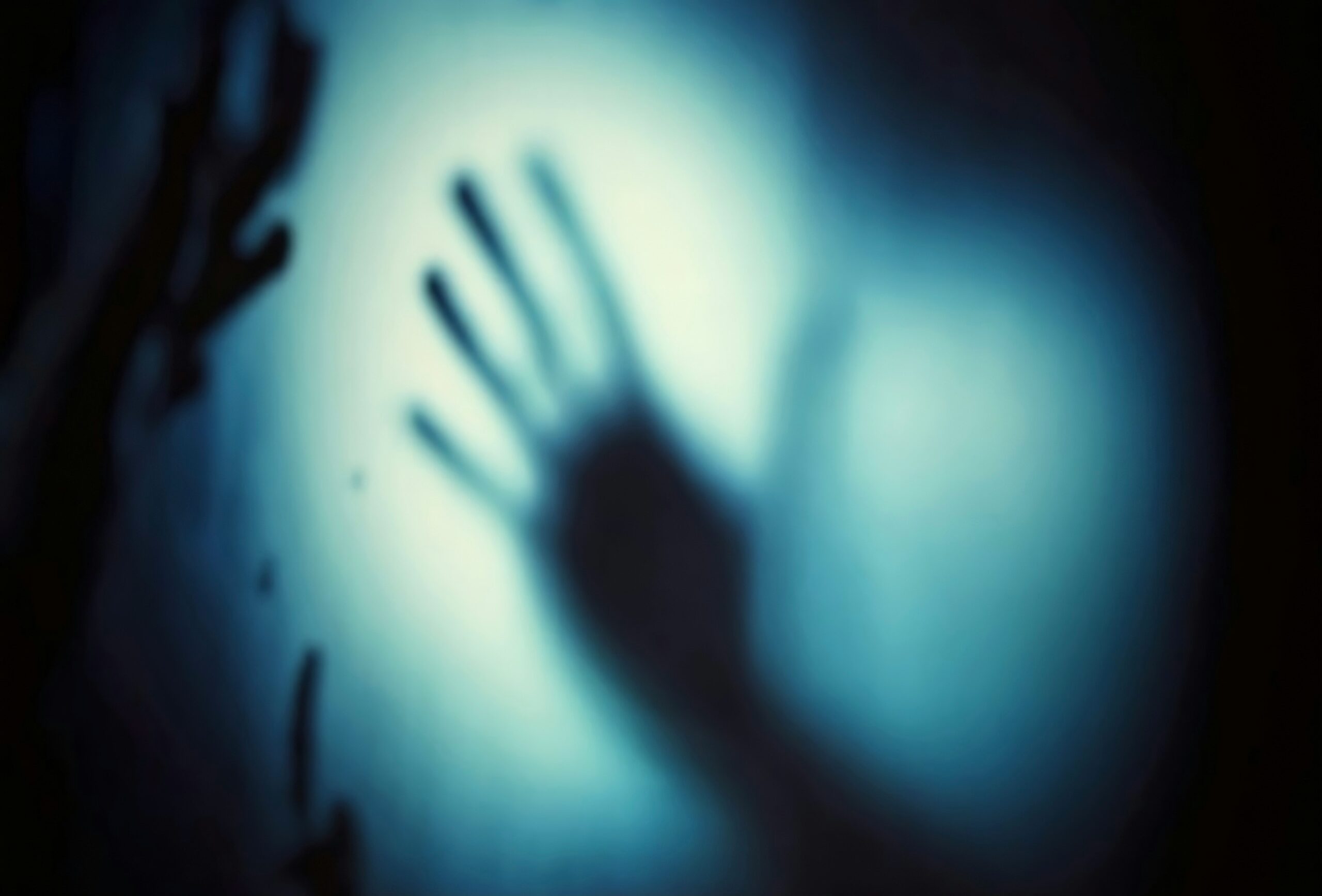Slasher movies have fascinated horror-loving audiences for decades with their haunting villains and intricate stories. Picture this: a masked killer stalking a group of unsuspecting teenagers, gory scenes, and relentless suspense.
While some might dismiss them as mere entertainment, the distinct characteristics of slasher films reveal deeper layers. Here, we will dissect the different types of slasher movies, explore their unique traits, and highlight standout examples that have defined the genre.
The Classic Slasher
The classic slasher film embodies a familiar formula: an unsuspecting group isolated in a remote setting, hunted one by one by a merciless killer.
Common group/setting combinations include:
- Teenage friends working at a remote summer camp together
- College-aged friends renting a cabin in the woods to drink and party
- Co-workers away on a team bonding retreat
- Neighbours in a tiny, remote town
These common tropes are relatable to many and, therefore, effective in garnering sympathy and empathy. However, the group can be anything, as long as there are multiple people with varying relationships to each other.
One of the most influential examples is “Halloween” (1978), directed by John Carpenter. This landmark film introduced Michael Myers, a masked figure of terror who has become an enduring icon in horror. The haunting music, the white mask, and Myers’ eerie silence set a standard that countless slasher movies have emulated.

The success of “Halloween” triggered a wave of sequels and inspired films like “Friday the 13th” (1980). This movie introduced Jason Voorhees, recognizable for his hockey mask and brutal methods. Films like these exploit themes of vulnerability and danger in familiar settings, solidifying the classic slasher as a cornerstone of horror cinema.
The Psychological Slasher
Some slashers go beyond jump scares and gore; they explore the depths of the killer’s mind. The psychological slasher allows viewers to understand the twisted motivations behind the killer’s actions. In some, the storytelling is so compelling that you start to maybe kinda sorta root for the killer!
“Psycho” (1960), directed by Alfred Hitchcock, exemplifies this type. Norman Bates is a layered character, driven by unresolved trauma and mental instability. The infamous shower scene shocked audiences and pushed the boundaries of horror, making it a classic in both slasher and psychological horror genres.
Another noteworthy example is “American Psycho” (2000). The film follows Patrick Bateman, a Wall Street executive whose double life as a killer reveals a society obsessed with materialism. It artfully combines dark humour and horror, providing a unique perspective on identity and madness while rooting it firmly in the slasher tradition.
The Supernatural Slasher
While classic slashers thrive on realism, supernatural slashers embrace the fantastical. These films feature vengeful spirits or mythic beings, crafting narratives that defy natural laws and create an energetic blend of horror and supernatural elements.
While other types of slashers rely heavily on the shock value, the twisted minds, and the creative kills, the supernatural types must also focus on world-building. Even when something bends the rules of our world or makes elements up entirely, it still must be believable within its own context.
A standout in this category is “A Nightmare on Elm Street” (1984), directed by Wes Craven. The film introduces Freddy Krueger, a spirit who invades the dreams of teenagers, making sleep itself a perilous experience. This compelling concept captures deep-seated fears and solidifies its place as a classic slasher film.
It also dives deep into Freddy’s backstory, especially if you watch the whole series. When you understand where he came from and how the world of his dream-hopping works, it makes the story that much darker and more unsettling.
Another example is from “The Halloween series,” particularly its later installments, which incorporated supernatural themes. A good example is the mystical Stonehenge in “Halloween III: Season of the Witch.” Although the introduction of supernatural elements has led to mixed receptions in the horror community, like in “Jason Goes to Hell” (1993), these variations demonstrate the genre’s flexibility.

The Meta-Slasher
With films like “Scream” (1996), the slasher genre took a self-aware turn. The meta-slasher engages with and satirizes its own tropes while still delivering genuine scares.
In “Scream,” the character of Ghostface serves as both a killer and a commentary on slasher film conventions. The main characters frequently discuss horror films, paralleling the audience’s knowledge of the genre. This self-referential approach revitalized slasher narratives and attracted both classic horror fans and newer audiences.
The fun thing about this genre is that it had to wait for the slasher genre itself to take off. Without the classics giving the genre its iconic elements, stereotypes, and subgenres, it couldn’t become self-aware. “Scream” exists because the slasher genre existed first.
The success of “Scream” spawned several sequels and inspired other meta films like “Scary Movie,” which humorously parodied horror tropes. Another noteworthy title is “The Cabin in the Woods” (2011), which cleverly deconstructs genre conventions while providing thrills.
The Final Girl Trope
A key feature of slasher films is the “Final Girl” trope, where one female character survives to confront the killer, often displaying traits associated with purity and intelligence. This trope is present in various slasher movies.
“The Texas Chainsaw Massacre” (1974) showcases Sally Hardesty as a prime example. Unlike her friends, who become victims of Leatherface, Sally’s escape symbolizes resilience amid horror. The Final Girl trope has sparked both praise and criticism, serving as a focal point for discussions on gender roles in horror cinema.
More recent films, such as “Happy Death Day” (2017), offer unique twists on this trope, placing the Final Girl in a time-loop scenario. This blend of slasher elements, dark humor, and suspense introduces fresh narratives and expands the genre’s boundaries.
It’s also a good example of genre-bending, with the light time travel theme sprinkling some sci-fi and fantasy into the works.
Slasher Movies Provide The Thrill of Exploration
The evolving landscape of slasher films offers a diverse array of choices for horror enthusiasts. From classic films that defined the genre to modern interpretations that challenge storytelling norms, each type highlights its distinctive flavour of fear.
Whether you are intrigued by the relentless killers of classic slashers, the psychological intricacies behind their motivations, or the supernatural twists that keep you on edge, there is a slasher film for every horror aficionado. The genre continues to innovate and experiment, ensuring it remains a captivating subject for exploration.
Embrace the chilling narratives and iconic villains that define slasher movies. If you crave a thrill, dive into these captivating categories for a slice of slasher horror that will keep you on the edge of your seat. There are many different types of slasher movies. Which one is your favourite?

0 Comments